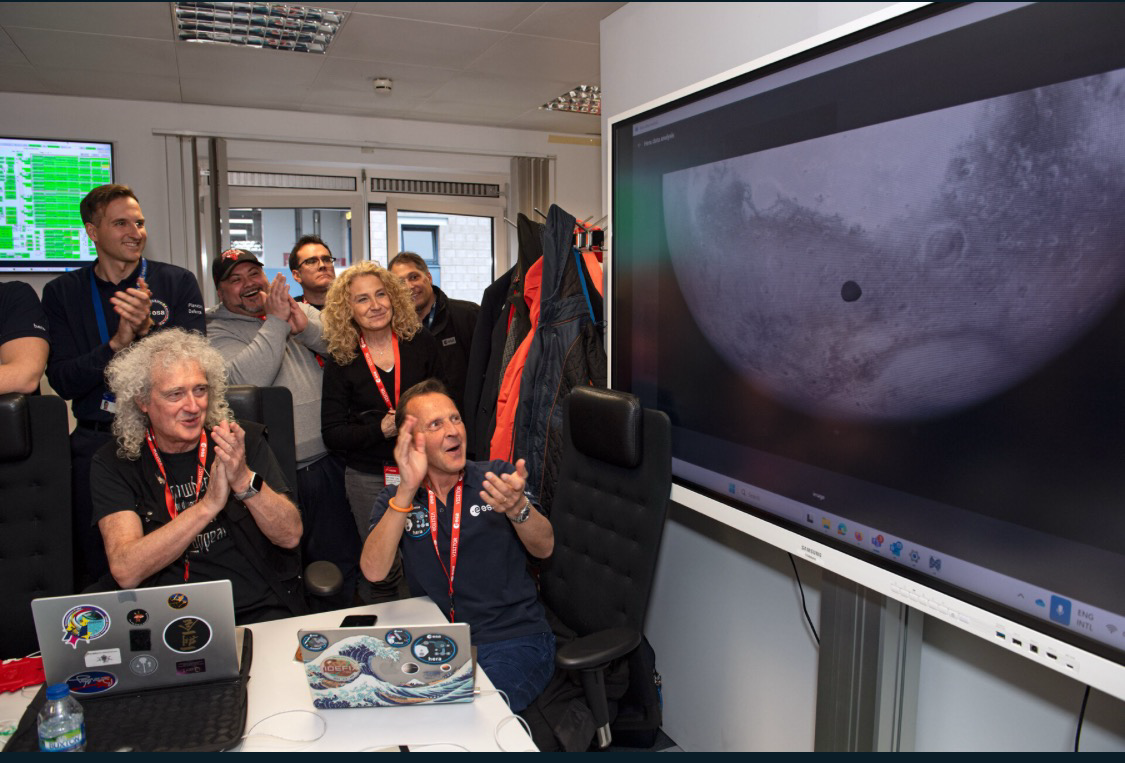European Space Agency
902 readers
1 users here now
The European Space Agency community
founded 2 years ago
MODERATORS
26
27
28
29
30
31
32
33
34
35
36
37
38
1
Public Consultation Begins for New Microlauncher Launch Site in French Guiana
(europeanspaceflight.com)
39
40
41
42
43
44
45
46
47
48
49
50
